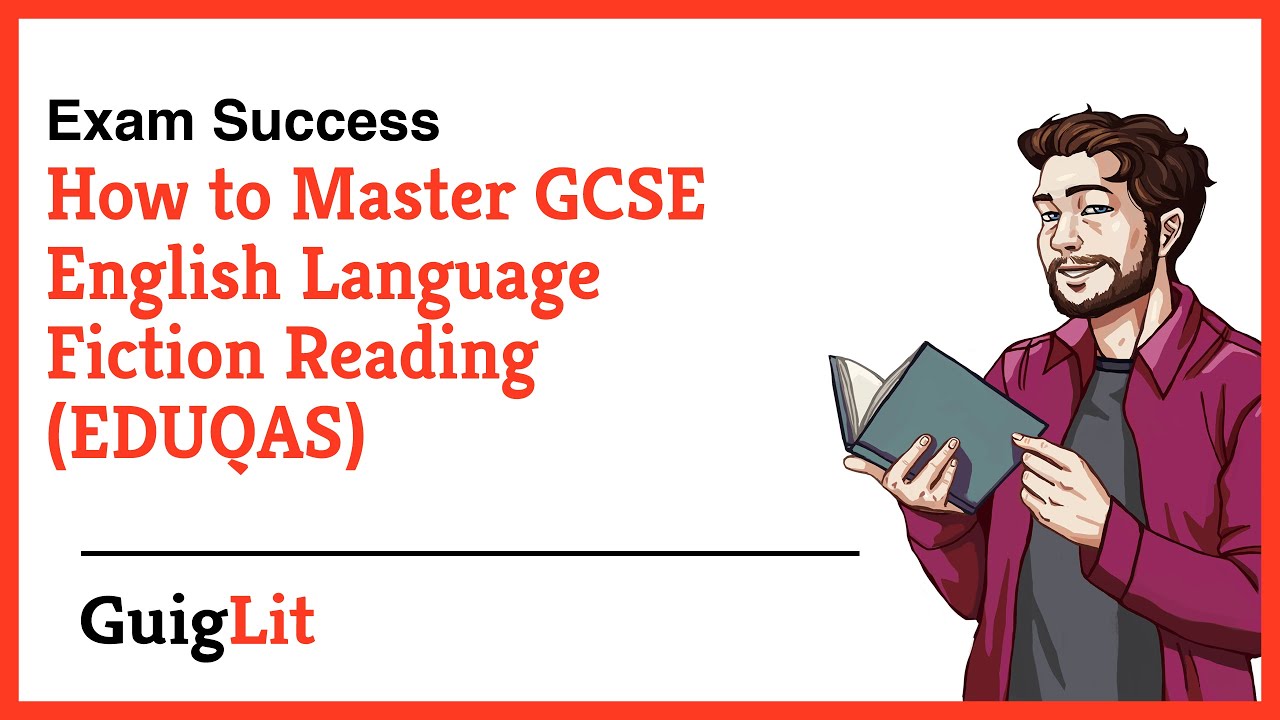AICE History Paper 1 b
Summary
TLDRThis video tutorial focuses on ACE History Paper 1 Question B, guiding students through the process of analyzing four sources to support or challenge a given assertion. It covers the rubric, formatting tips, and essential elements for a successful response. The instructor advises against sequential source analysis, suggesting instead to group sources by their stance and to include a concluding paragraph summarizing the sources' overall support or challenge to the prompt. The video also emphasizes the importance of textual evidence and understanding the rubric for achieving higher scores.
Takeaways
- 😀 The video focuses on question B of the East history paper 1, which is a source analysis question involving all four sources (A-D).
- 📚 The video provides a detailed look at the rubric for question B, which is different from question A and goes up to level 5, with a passing score starting at level 3.
- 📝 It's emphasized that students should not write about the sources in sequential order but should group sources that support or challenge the statement together.
- 💡 Formatting tips are given, such as starting with the strongest argument and ending with a paragraph that answers the overall question.
- ⏰ The video suggests allocating at least 30 minutes to answer question B due to its significance and point value in the exam.
- 🔍 Students are advised to read the questions carefully to understand what is required, such as supporting or challenging a statement with evidence from the sources.
- 📈 The rubric breakdown explains that level 0 and 1 are non-passing levels, while level 2 is the minimum passing level where students use sources to support or challenge a statement.
- 📋 Level 3 requires evidence of both support and challenge for all four sources, level 4 adds contextual knowledge and credibility analysis, and level 5 includes an overall analysis of how well the sources support or challenge the assertion.
- 📖 The video mentions the importance of providing textual evidence from the sources to back up any claims made in the response.
- 🤓 Practice with the rubric is encouraged to internalize the levels and requirements, which will help in performing well on the actual exam.
Q & A
What is the main focus of the video?
-The video focuses on providing guidance for answering Question B of the AP European History Paper 1 exam.
How does Question B differ from Question A on the exam?
-Question B requires analyzing all four sources (A to D), whereas Question A only requires looking at two sources.
What are the key phrases that students should look for in the exam questions?
-Students should look for phrases like 'support the view', 'support the assertion', or 'support this view', which indicate the need to analyze how the sources support or challenge a given statement.
What is the significance of the rubric levels for Question B on the AP exam?
-The rubric levels indicate the depth of analysis and the quality of the response. Level 3 is the minimum passing level, while levels 4 and 5 represent higher levels of analysis and contextual understanding.
Why is it important to provide textual evidence when analyzing the sources?
-Providing textual evidence is crucial because it supports the analysis and shows that the student's claims are grounded in the content of the sources.
What is the recommended approach to writing the response for Question B?
-It is recommended to group sources that support or challenge the statement together in the response, rather than writing about each source sequentially.
Why should students avoid writing about the sources in sequential order?
-Writing about the sources in sequential order can make the response appear disjointed and may not effectively demonstrate a sustained judgment on the overall question.
How can students demonstrate a higher level of analysis in their response?
-Students can demonstrate a higher level of analysis by including contextual knowledge, addressing credibility and reliability of the sources, and providing a sustained judgment on how well the sources support or challenge the assertion.
What is the significance of the final paragraph in the response?
-The final paragraph is significant as it should answer the question in the prompt overall, providing a synthesis of the analysis and evidence presented in the response.
What is the advice for time management when answering Question B?
-It is advised to allocate at least 30 minutes for Question B, as it is the longest part of Paper 1 and carries the most points.
Outlines

Dieser Bereich ist nur für Premium-Benutzer verfügbar. Bitte führen Sie ein Upgrade durch, um auf diesen Abschnitt zuzugreifen.
Upgrade durchführenMindmap

Dieser Bereich ist nur für Premium-Benutzer verfügbar. Bitte führen Sie ein Upgrade durch, um auf diesen Abschnitt zuzugreifen.
Upgrade durchführenKeywords

Dieser Bereich ist nur für Premium-Benutzer verfügbar. Bitte führen Sie ein Upgrade durch, um auf diesen Abschnitt zuzugreifen.
Upgrade durchführenHighlights

Dieser Bereich ist nur für Premium-Benutzer verfügbar. Bitte führen Sie ein Upgrade durch, um auf diesen Abschnitt zuzugreifen.
Upgrade durchführenTranscripts

Dieser Bereich ist nur für Premium-Benutzer verfügbar. Bitte führen Sie ein Upgrade durch, um auf diesen Abschnitt zuzugreifen.
Upgrade durchführenWeitere ähnliche Videos ansehen

AICE History Paper 1 a

The ONLY WAY to Breakdown YOUR Synthesis Prompt

IB English: Paper 2 - New Criteria

CH181 Qulaititave analysis of group 1 cations

How to MASTER GCSE English Language Fiction Reading (Paper 1A - EDUQAS)

IGCSE English Language A: Paper 1 Walkthrough | Sections A & B Timings Explained! | IGCSE Revision
5.0 / 5 (0 votes)
